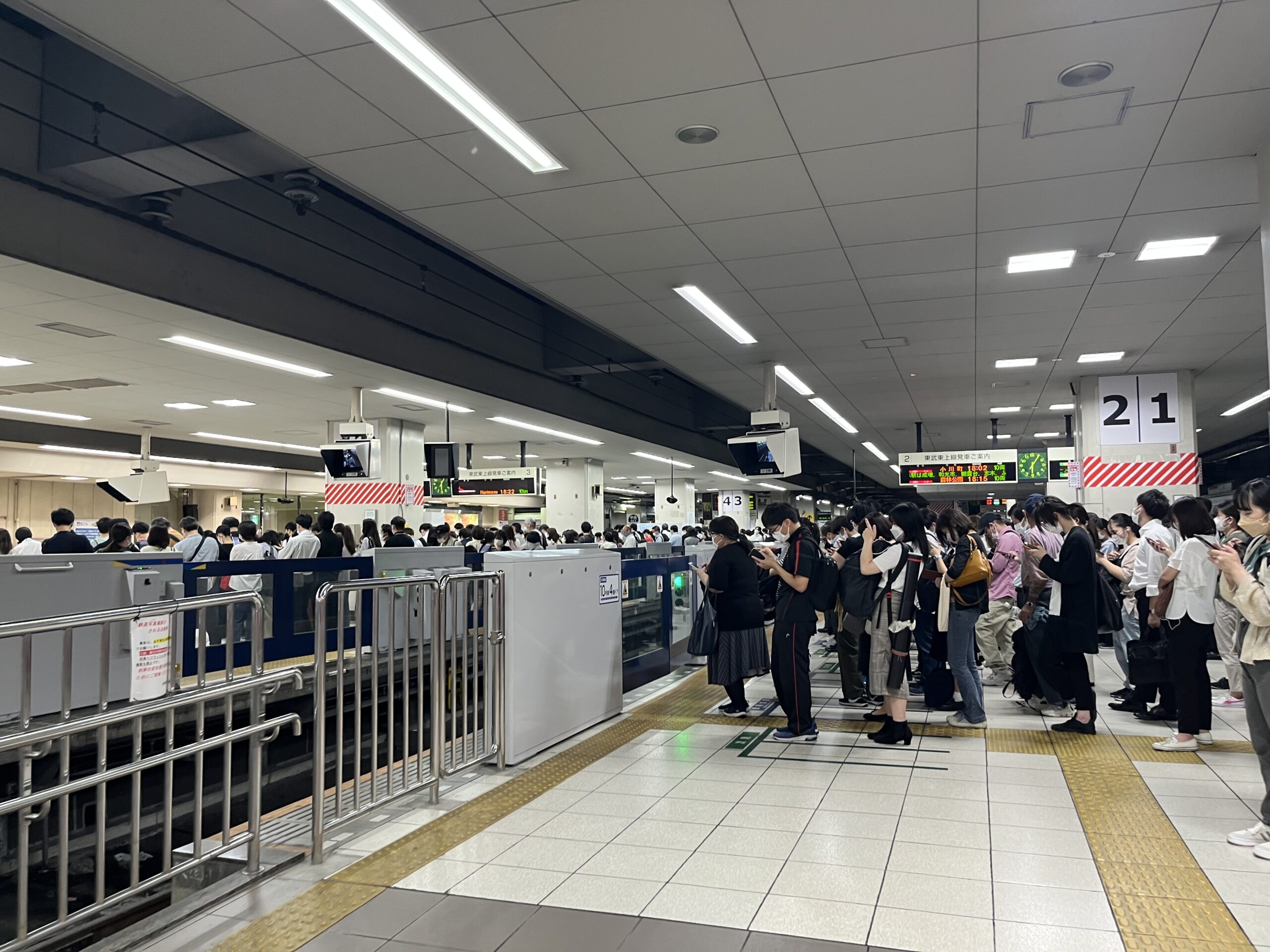
Journey Abroad #3: Japanese social behaviors and their developments
Perhaps what I find worth writing about this week is the social norms of Japanese society which may prove useful for future FEA awardees, study abroad students, or anyone interested in going to Japan.
Although not all the time, based on my observation, Japanese people tend to walk and drive on the left side. According to Japan Centric, a website about Japanese culture which is managed by the Arnold family, the reason Japanese people walk on the left side was due to samurais. Specifically, during the Edo period, which was between the 1600s and mid-1800s, samurais had their swords sheathed on the left side for easy access, safety, and to be considerate. Having their swords and body placed on the left side made it easier for samurais to unsheathe their swords. Moreover, by not having their swords towards the inner road, samurais did not have to deal with people attempting to grab their weapon. Finally, being on the left side made it so their swords wouldn’t bump into anyone. This is reinforced by Mathieu on his blogging website “It’s Japan Time” since most of the world is right-handed. However, Mathieu also acknowledges that samurais being the reason people walk on the left side may or may not be a myth. Regardless, this has led to some interesting social behaviors, such as crowd movement on escalators.
In Japan, people inherently know to wait and stand on the left side of an escalator if they are not in a rush. However, if they are in a rush they tend to walk or run on the right side. This was honestly a pleasant surprise since in NYC we do not have such unwritten rules. This comes in handy when I am trying to catch a train or get to campus. Another minor thing to mention is the etiquette when it comes to waiting for the train, people in Japan form and wait in line even during rush hour. Again, this is different from NYC since most riders stand across the platform which gets in the way of deboarding passengers and leads to riders struggling to get on. Speaking of trains, these trains might have had a role in driving on the left side in Japan.
Mathieu and the Arnold family seem to agree that driving on the left side in Japan may have stemmed from the development of railroads. As some of you may or may not know, Japan uses the left side of the road to drive. This was because during the late 1800s, Japan received help from the UK to start making railroads with the U.S and France also wanting to help. However, due to the UK’s influence, their preference of using the left side was adopted by Japan. This became the preferred side of driving once automobiles were introduced into the streets. Overall, it is interesting to see these social behaviors and how they differ from the U.S and other cities.
